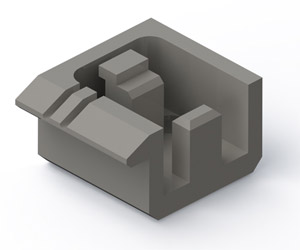

October 30 2015

Although it may sound futuristic, 3D printing is here—and it’s here to stay. Also known as additive manufacturing, this process involves creating a three-dimensional solid object from a digital file. This is done through a special printer that lays down successive layers of material (plastic, glass, rubber, etc.) until the whole object has been created.
3D printing technology is changing the landscape for U.S. manufacturing; in fact, according to Computer World, two-thirds of industrial manufacturers are currently using it. While the high cost of 3D printing machines once limited their access to large enterprises, these costs have fallen dramatically, and today virtually any company can incorporate 3D technology into its R&D and production processes. Even more impressive: while 3D printers were once only capable of making non-functional prototypes, engineers are now able to create complex, functioning components for machines at a fraction of the cost and time associated with conventional approaches like forging and molding.
3D printing innovation at Parkinson Technologies
3D printing has steadily impacted how manufacturers do business, and Parkinson Technologies is no exception. There are two ways Parkinson uses 3D printing: for prototyping and for creating small functional components for our machinery. Here are a couple of real-world examples:
Prototyping: Recently, Parkinson Technologies required a new sensor for some of its equipment within the Key Filters brand of continuous screen changers. We needed a cost efficient way to make different-sized functional prototypes, which would allow us to be sure the part fit and functioned properly before moving on to an actual machined component. 3D printing conveniently enabled our team to test the performance of the component without wasting significant time and money.
Functional components: Thanks to recent advancements in this technology, 3D printed components can actually be used by Parkinson Technologies within final machinery. One example is the creation of a load cell used in web handling for tension control. The actual load cell is small, and the terminal block that holds the electronic components needed to be intricately shaped to achieve the desired results. 3D printing allowed Parkinson’s team to create a design that we otherwise wouldn’t be able to achieve with a machine milled component. If not for 3D printing, we would have had to forgo functionality to produce the part, which would have made the component larger and less practical.
As 3D printing methods evolve to become faster and capable of handling multiple materials, this will likely enable the printing of more complex, finished products or components in greater volumes. We at Parkinson Technologies will continue to incorporate the latest advances into our engineering and production processes in order to keep costs down and keep our product offerings on the cutting edge.